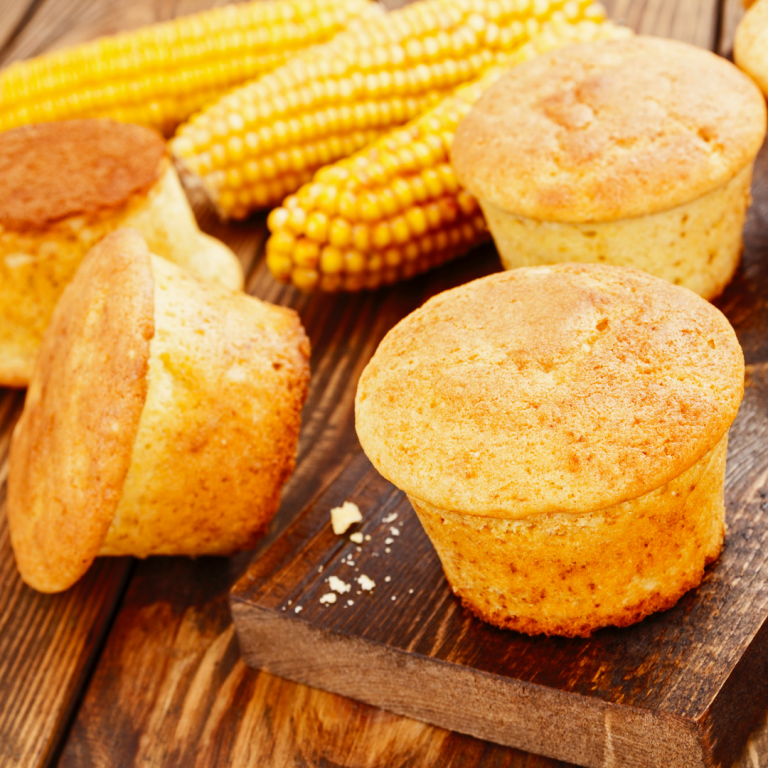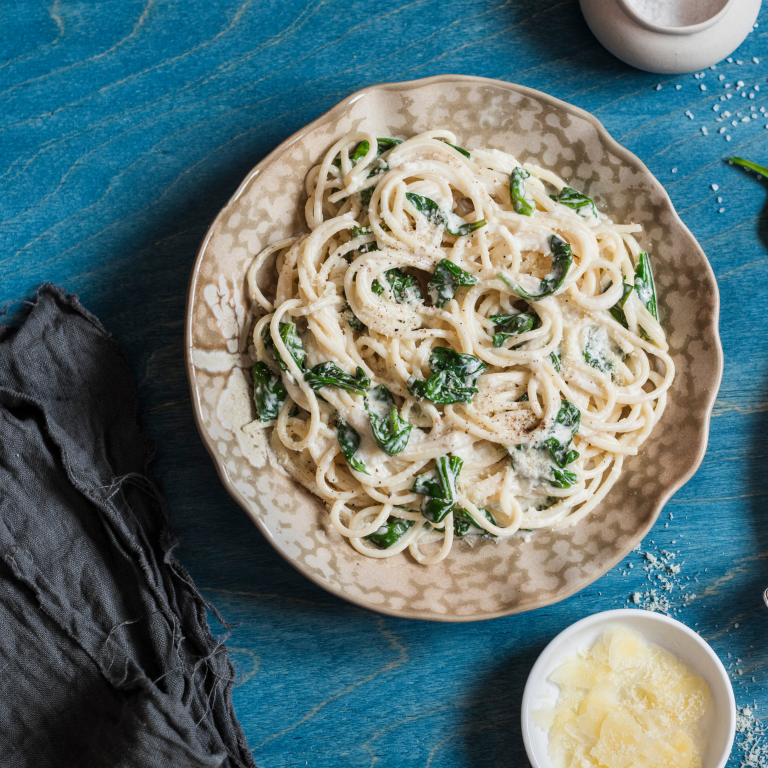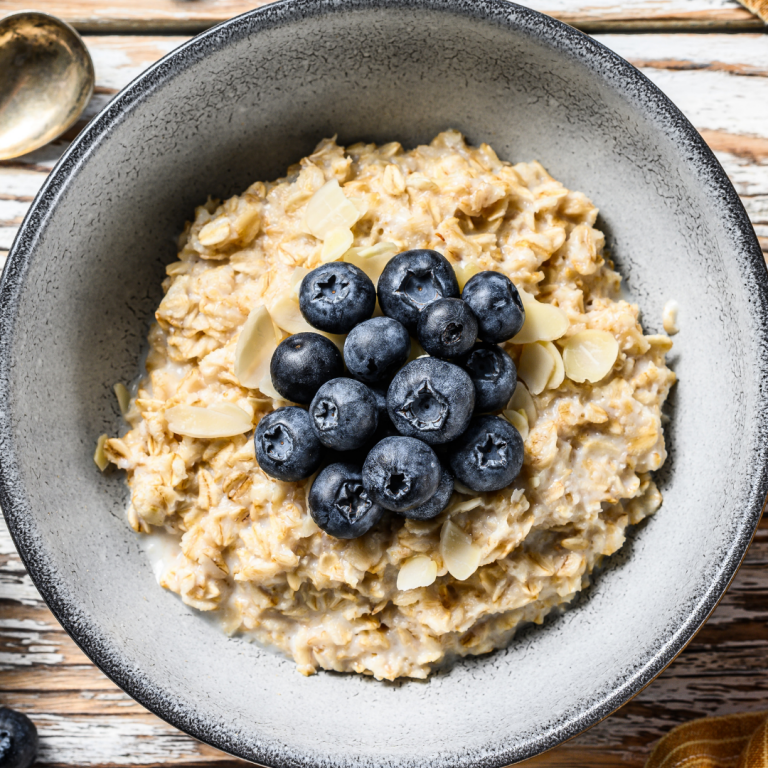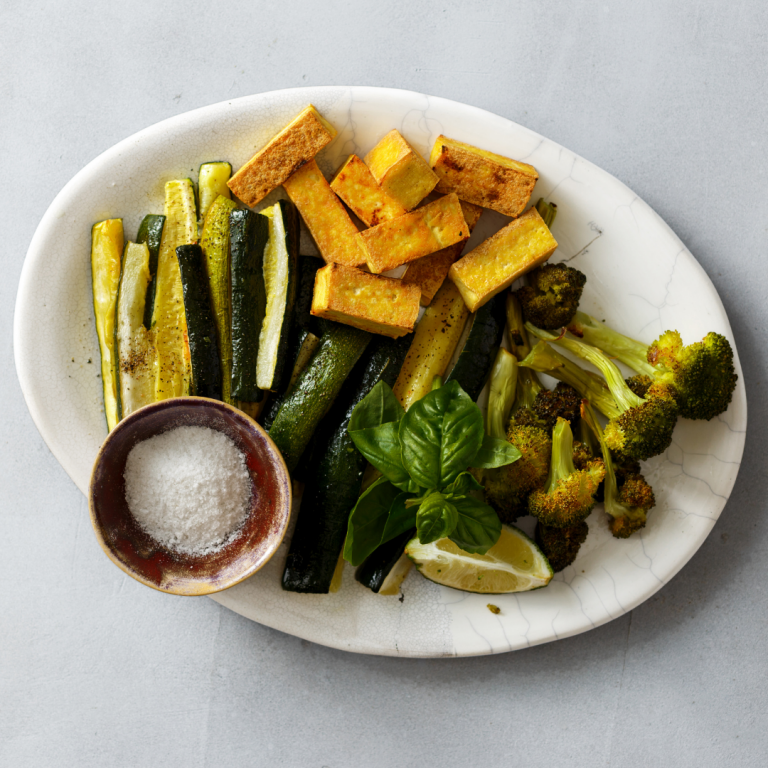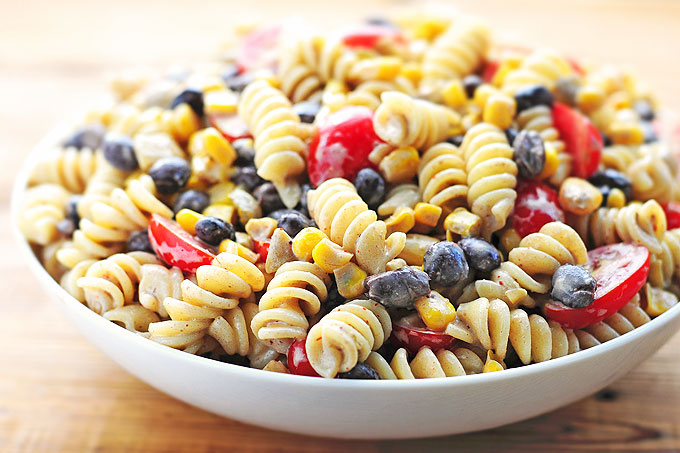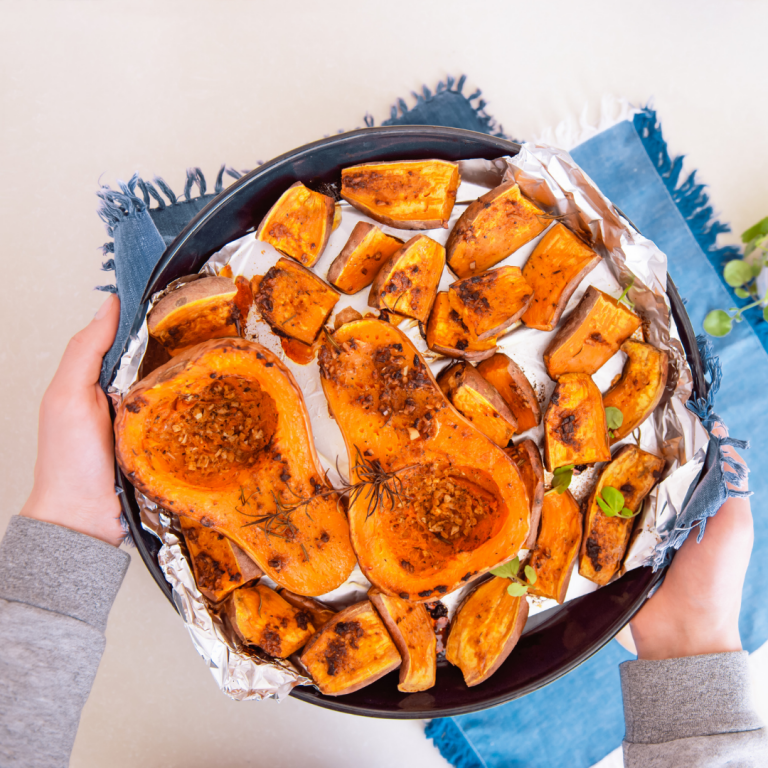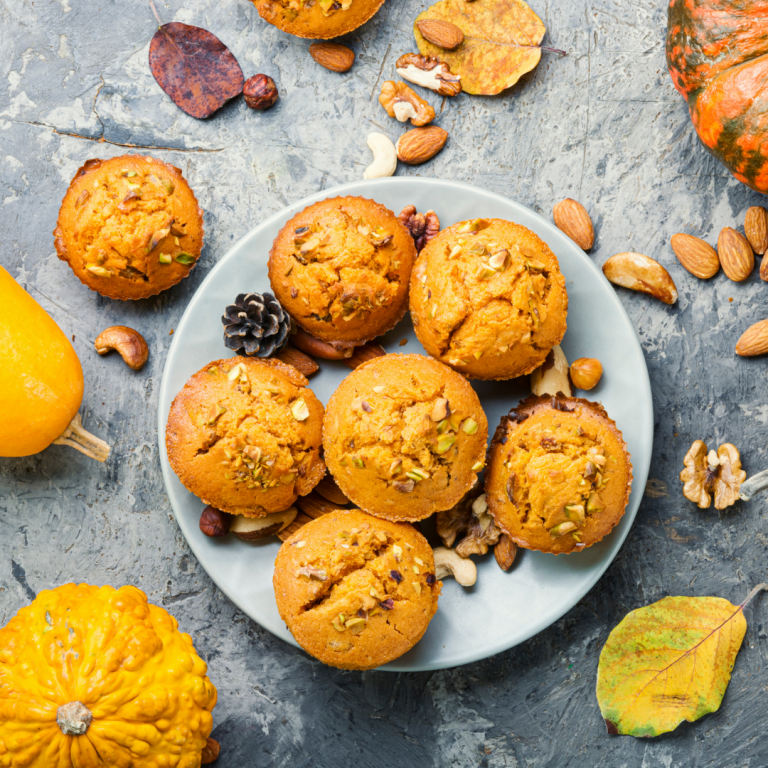Being on a dairy-free diet can be a real challenge for most people. It is not as challenging for me, but I have noticed that many of my friends aren’t too comfortable with this idea, and they can not understand my dietary choices.
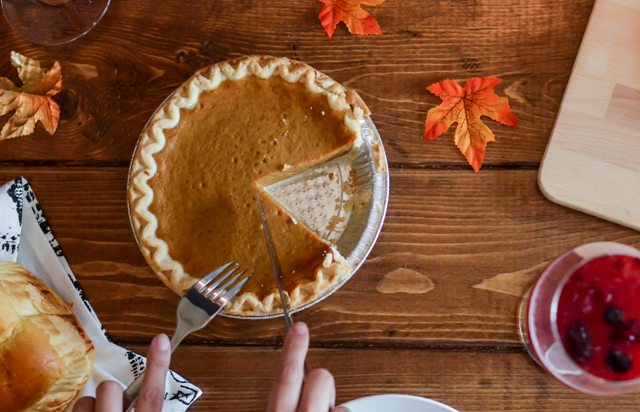
When you exclude a group of food items from your diet (gluten, dairies, sugar, and so on), and you have to attend a dinner party, you need to make sure you will have a home brought a snack with you, in case there won’t be dishes which suit your diet.
Another thing is that I don’t like to put someone to make some extra effort just to make a particular recipe to eat it. And to be honest, even if they do, sometimes they are not aware that some ingredients aren’t dairy-free or gluten-free. But I understand this because it’s effortless for someone to make a mistake when he is not used to making dairy-free recipes, for example. The most simple and more accessible option is to bring some food with me.
Pumpkin pie is one of my childhood favorite desserts. I am convinced that there is no house where the fragrant pumpkin pie smells during the fall season. So today, I want to share a recipe for pumpkin pie without dairies and grains. I often choose this pie as my home brought dessert for Thanksgiving or other fall celebrations. It’s truly a versatile and delicious pumpkin pie, and even people who usually don’t care too much about what kind of ingredients will love it. It is very fragrant, tasty, and tender.
The best feeling I had was when one of my friends, who doesn’t care too much about healthy eating, asked me to give her this recipe! So, I hope I have convinced you to try this yummy gluten-free and dairy-free pumpkin pie!
Dairy-free Grain-free Vegan Pumpkin Pie
Necessary equipment:
- two medium bowls
- a small bowl
- a food processor
- a tart pan
- a rubber spatula
- plastic wrap
Ingredients:
date paste:
- 1 cup of pitted Medjool dates
- filtered water
crust:
- 2 cups of pecans
- 1/4 cup of date paste
- 1/2 cup of almond flour
- 2 tablespoons of cacao powder
- 1/2 teaspoon of sea salt
the filling:
- 2 cups of cashews
- 1 ripe banana
- 1/3 cup of date paste
- 1 can of unsweetened pumpkin puree
- 2 teaspoon of pumpkin pie spice
- 1 teaspoon of vanilla extract
- 1/2 teaspoon of sea salt
topping:
- 4-5 walnuts, halved
Instructions:
To make the date paste:
- Put 1 cup of dates in a medium bowl and cover fully with water. Leave them to soak for at least 5 hours.
- Drain the water from the dates and transfer the nuts to a food processor. Pulse until they turn paste-like. Add water if needed. This is your date paste.
Crust:
- Add the pecans to the bottom of a food processor. Pulse until they reach a rough powder consistency, but not too fine.
- Add in the almond flour, cocoa powder, and sea salt. Pulse until the mixture has a dough-like consistency.
- Take the dough out, transfer it to a tart form and press it flatly.
Filling:
- Put 2 cups of cashews in a medium bowl and cover thoroughly with water. Leave to soak for about 3 hours.
- Drain the water from the cashews.
- Add banana to a small bowl and use a fork to mash it.
- Put the soaked cashews, date paste, pumpkin puree, mashed banana, pumpkin pie spice, vanilla extract, and sea salt in the food processor. Pulse until the mixture is completely combined and has a smooth consistency. Use a spatula to scrape the sides of the food processor once in a while. Make sure you get all of the ingredients to combine.
- Pour the mixture over the pressed crust and top with halved walnuts.
- Next, cover the tart pan with plastic wrap and put it in the freezer for at least two hours so that all the ingredients will be set.
- Before serving, thaw for 30 minutes and enjoy!
